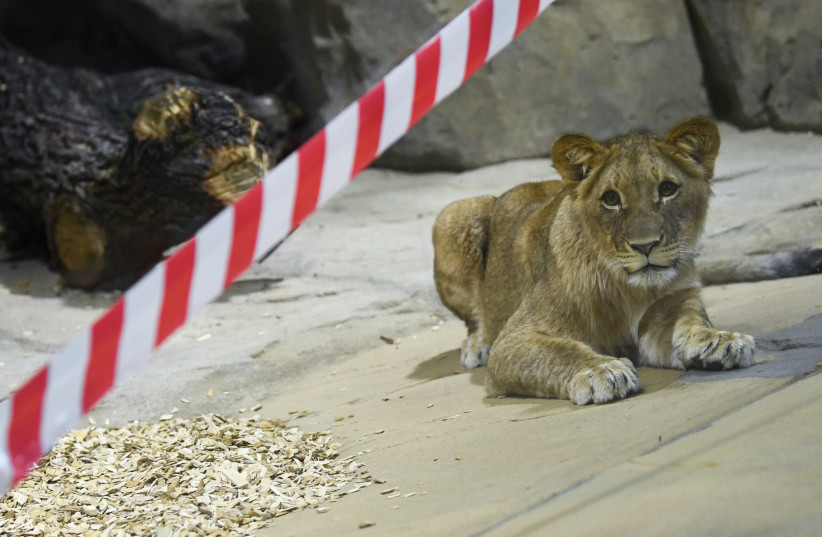Declawing large and exotic cats is detrimental to their health, according to a new study published on Sunday.
The study, which was published in the peer-reviewed journal Animals, advises against declawing larger cat species such as lions or tigers, as previous acts of declawing non-domesticated cats show that the animal's muscles are lighter and weaker in most cases after the procedure, which will "probably have even more functionally devastating consequences for these species," the study says.
The act of declawing removes not just the animal's claw, but also the bone which it grows from. As larger cats have a higher foot pressure, any surgery involving declawing the animal would have a larger effect.
The surgery and process of declawing cats is known as "onychectomy." It most commonly performed on house cats to keep them from scratching people and furniture.
Adam Hartstone-Rose, the study's corresponding author and professor of biological sciences at North Carolina State University, stated that "what people might not realize is that declawing a cat is not like trimming our fingernails; rather, it is removing part or all of the last bone of each digit.

"Like us, each cat finger has three bones, and declawing is literally cutting that third bone off at the joint.”
Why were large cat species declawed?
Many cat owners will decide to declaw their pets, but declawing has also been performed on animals that are non-domesticated and larger. This is done to extend the period of time of safe interactions between humans and animals - which is usually done for entertainment purposes, the study says.
"What people might not realize is that declawing a cat is not like trimming our fingernails; rather, it is removing part or all of the last bone of each digit."
Adam Hartstone-Rose
The researchers examined the forearms of cats - many clawed and others declawed to determine the muscle strength of declawed cats. Prior to this study, the muscle tissue of large cats after an onychectomy had never been studied.
Researchers state in the study that declawing non-domesticated large cats is bad for them because their new deficiencies have not been "compensated for in biomechanically disadvantaged larger felids."
